Core i5-13400 Outperforms Core i5-12400 By Over 20 Percent In Early Benchmarks
Intel’s Core i5-13400 brings performance increases over Core i5-12400.
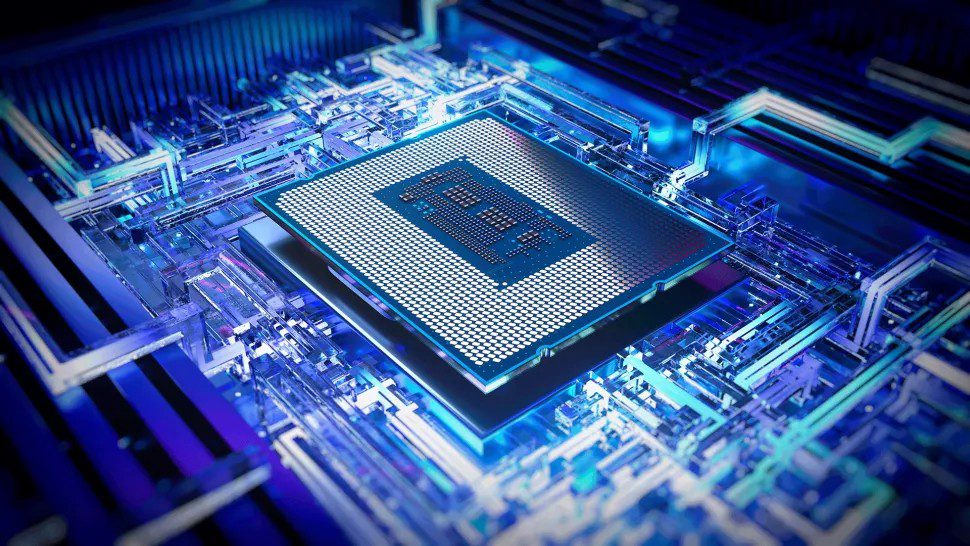
Indonesian stores began to sell(opens in new tab) Intel’s yet unannounced Core i5-13400 processors, thus revealing their specifications and price. Meanwhile, Jawara Media(opens in new tab) has demonstrated some early performance numbers of the product, which appears to deliver noticeable performance improvements over its direct predecessor, the Core i5-12400, since it has more cores and higher clocks. Moreover, the new part is outstanding in multi-threaded workloads. But there is a catch.
Intel’s Core i5-13400(opens in new tab) is a 6+4 core unit (six high-performance cores and four energy-efficient cores) with a 2.50 GHz base clock, a 4.60 GHz boost clock, and a 20MB L3 cache. Compared to its predecessor — the Core i5-12400(opens in new tab) — this new processor has four ‘extra’ cores, a 200 MHz higher boost clock, and carries an extra 2MB of L3 cache. The CPU costs 4.071.000 Indonesian rupiah, roughly equal to $226, with VAT excluded. $226 is in a ballpark of Intel’s recommended customer price of $211 – $221 for the Core i5-12400.
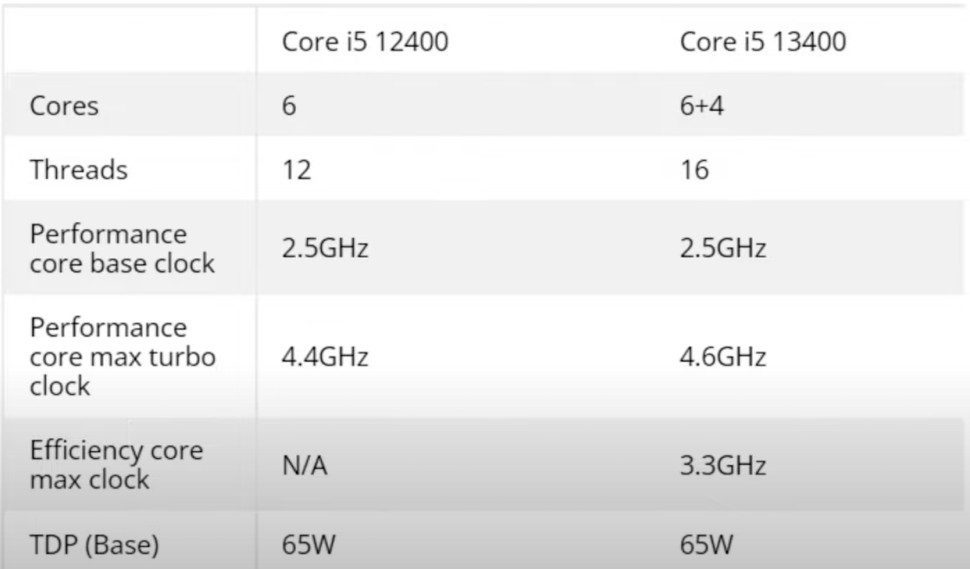
Why Intel’s Core i5-13400 is necessary whatsoever besides the part that has four ‘extra’ energy-efficient cores and has not been released by the company officially? This product is the only one in Intel’s 13th Generation Core that uses Raptor Lake B0 and Alder Lake C0 silicon. The CPU is formally a 65W part, which comes with a locked multiplier; therefore, it is not a part that can be easily overclocked. There may still be the BCLK overclocking option(opens in new tab), but since nobody has tried it on this particular CPU model and with different dies, this part is uncertain at this point.
Regarding performance, the Core i5-13400 — at least in its C0 die version (CPU-Z still recognizes it as a Raptor Lake for obvious reasons) — seems to deliver visible performance gains over its predecessor, mainly due to additional ‘efficiency’ cores.
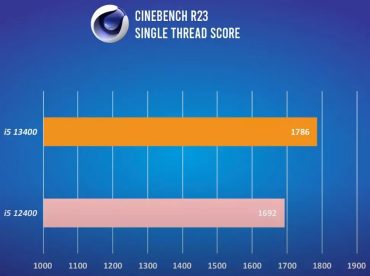

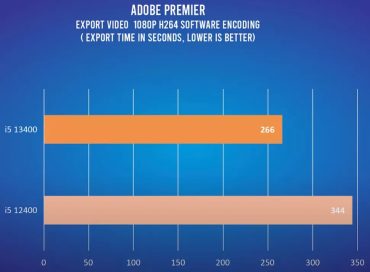
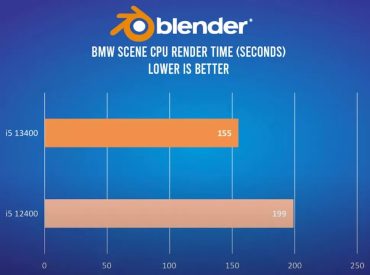
Even though the Core i5-13400 — likely to be announced at CES next month — is listed in Indonesia and has even been tested in select applications. Remember that we are dealing with preliminary information, so take it with a grain of salt.
In Cinebench R23, the new Core i5-13400 is about 5.5% faster in single-thread performance (evident given the clocks and the cache). Still, its multi-thread score is a whopping 29% higher than its ancestor, according to results obtained by Jawara Media. Likewise, when it comes to Blender, which is another workload that heavily uses multi-threading, it is 22% faster than its predecessor. As for H.264 1080p export video in Adobe Premier, the new one delivers a 23% better result because this workload explicitly uses multi-threading.
While performance gains are significant, additional cores and clocks add more power consumption, at least based on data from Jawara Media. For example, the upcoming Intel Core i5-13400 has its maximum processor power boosted to 86W, which is 20W higher than the i5-12400 part. Meanwhile, CPU temperature increased as Jawara Media used a fairly advanced NZXT T120 HF air cooler.






